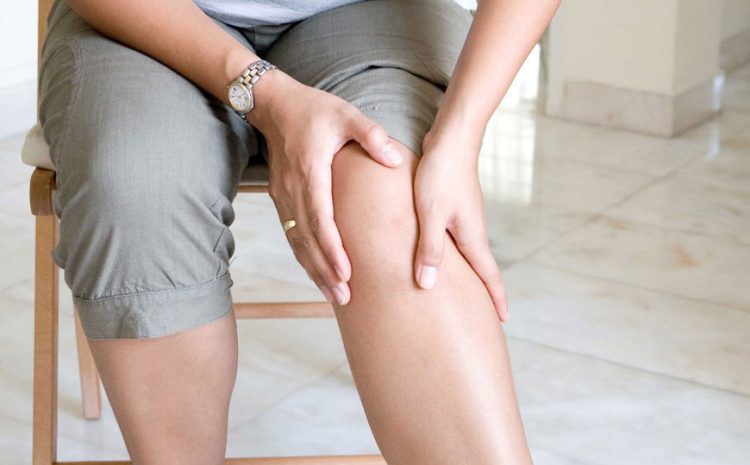
Three Ways to Prevent/Postpone Knee Troubles
Knee pain is one of the most common troubles that come our way as we grow older. And if you are already concerned about your knees, you have every reason to do. But is there a way, if it does not stop but at least postpone knee problems. Better yet, is there a way that we can prevent them from arising entirely?
The answer is YES.
Let’s understand a few things about the knees first.
Your knees experience a huge amount of pressure; this is almost equivalent to half of your body weight. In addition to this, there is regular wear that culminates into the knee troubles. Moreover, when the ligaments and muscles in the knees get weaker with time, the cartilage around the knees also starts to deteriorate.
When this supporting cartilage around the knees is gone, your bones begin to rub against each, which causes the stiffness, pain and inflammation. So, if your family has a history of osteoarthritis or if you have had injuries to your knees or if you are overweight, it is likely that you will suffer from knee problems.
So what should you do?
- Start working your muscles
One of the ways to keep your knee joints stable is to build muscle strength. With enough muscle, you are taking off the pressure that your knees will otherwise bear. So add exercises which work on your hamstrings, quadriceps, body squatting, your core, leg muscles, and your hips. - Losing Excessive Weight
Keep this equation in mind: every additional kilogram that you carry adds four times the pressure on the knee joints.
It relieves the pain and pressure that is often felt in the joints.
An ideal way to see whether you are of appropriate weight (against your height) is to measure your body mass index (BMI). - Keep your Knees Working
Knees joints are known to become stiff as one ages.
But there is significant evidence that suggests that people who maintain better motion show few knee-related problems. One exercise that you can try is sitting on the floor or the bed, and placing a pillow under your ankles. Next use your leg muscles to bring the knee down, of course, gently.




